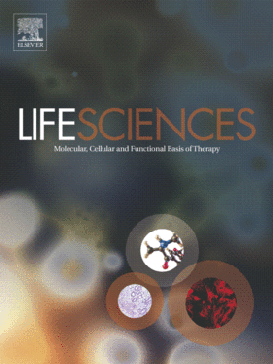
“Breast cancer is the leading cause of cancer-related deaths among women aged 34–50 worldwide, and is the most commonly diagnosed metastasizing tumor in women of all ages. Despite advances in understanding breast cancer as a disease, there remains a critical need for novel disease-modifying therapeutics.
Nonspecific cannabinoids, cannabinoid receptor 2 (CB2)-selective, as well as cannabinoid receptor 1 (CB1)-selective compounds have yielded similar antitumor results in several tumor models. The lack of neuronal expression of CB2 receptors precludes CB2 selective compounds from inducing the psychotropic effects that typically accompany CB1 activation.
Our group and others have shown that CB2 agonists displaying selectivity for the CB2 receptor can decrease tumor cell viability and significantly attenuate cancer-induced bone pain without displaying psychoactive or addictive properties.
…antitumor effects of cannabinoids have been demonstrated in a variety of tumor models…
The antiproliferative effects of a CB2 agonist along with our previous work demonstrating significant efficacy in inhibiting bone cancer pain and slowing bone loss in a murine model of advanced breast cancer strongly suggest that CB2 agonists should be investigated in humans as adjunct therapy for advanced stages of breast cancer.






